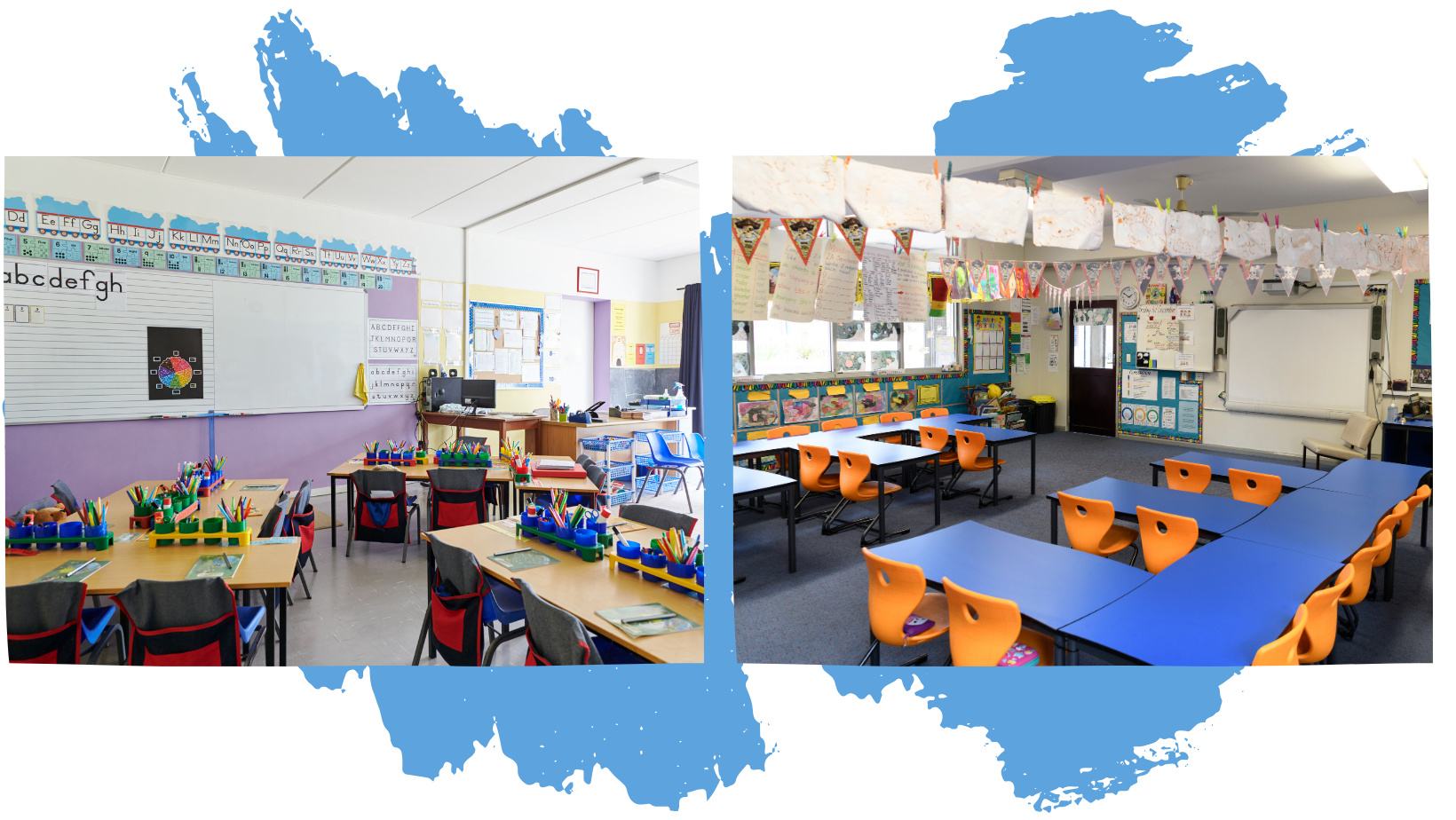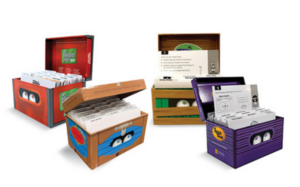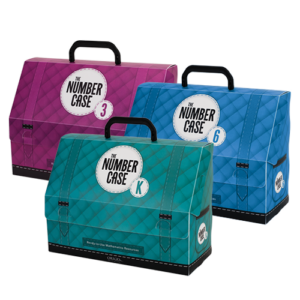Insights
10 Proven Classroom Management Strategies for Elementary Teachers
Classroom management is the backbone of effective teaching. Without it, even the best lesson plans can unravel in minutes. Whether you’re teaching kindergarten phonics, fourth grade fractions, or science experiments in between, smooth routines and clear expectations allow learning—not disruptions—to take center stage.
Here, we offer fresh, actionable classroom management tips for elementary educators of all subjects. You’ll also see how ORIGO Education resources can support classroom routines while strengthening student understanding.

1. Start the Day with a Routine That Builds Emotional Readiness
The first few minutes of the school day can set the tone for everything that follows. Instead of jumping straight into instruction, begin with a calming, consistent morning routine.
Ideas include:
- A class greeting or handshake
- Journaling time (prompt ideas: “Today I hope to learn…”, “Yesterday I was proud of…”)
- A short SEL check-in (“Draw how you feel with a color” or “Turn and share one kind thing you’ll do today”)
These moments foster self-regulation and build a safe classroom environment where students feel seen—an essential foundation for managing behavior and promoting focus.

2. Use Purposeful Classroom Jobs (Not Just “Helper” Roles)
Classroom jobs build responsibility, but they also support routines and cut down on teacher interruptions. Go beyond traditional jobs and assign purpose-driven roles that reinforce behavior expectations.
Examples:
- Transition Leader: Gives the class a signal or countdown to switch activities
- Tech Assistant: Helps distribute tablets or troubleshoot digital tools
- Question Collector: Tracks class questions to revisit later
When paired with structured lessons—like those found in ORIGO’s Stepping Stones curriculum—these jobs keep materials organized and reduce downtime.

3. Set Clear Behavior Norms with Visual Anchors and Language
You can’t expect students to meet expectations if they aren’t clearly modeled. Use classroom anchor charts or posted “class norms” to visually remind students of what is expected.
Tips:
- Use “We will…” statements rather than “Don’t…” (e.g., “We will listen with our eyes and ears.”)
- Revisit the norms weekly or after breaks
- Use consistent hand signals or call-and-response routines to redirect without lecturing

4. Design Your Room for Movement and Flow
Sometimes behavior issues stem from poor classroom layout. If students are bumping into each other during transitions or can’t see the board from their seat, chaos follows.
Consider:
- Placing high-traffic materials (e.g., sharpeners, turn-in trays) at the edges of the room
- Using floor tape or rugs to define movement paths
- Creating subject-specific centers, like a reading nook or a “Math Zone”
- ORIGO’s Big Books make great additions to any Math Zone or center.
A thoughtful room design supports independence and reduces confusion—especially in multi-subject classrooms.
5. Break the Day Into Predictable Chunks
Elementary students need structure to stay on task. Breaking your day into clear, consistent segments helps them understand what’s expected and when.
Try:
- Labeling each part of the day (e.g., “Morning Work,” “Small Groups,” “Brain Break,” “Specials”)
- Using timers for each chunk to support pacing
- Posting a daily agenda or visual schedule on the board
If you’re using ORIGO’s Stepping Stones 2.0, its lessons are already organized into “Whole Class,” “Small Group,” and “Reflection” timeframes—making it easy to align instruction with classroom rhythms.


6. Incorporate Brain Breaks That Actually Reinforce Learning
Instead of random dancing or stretching, use brain breaks that activate the body and the brain.
Examples:
- “Act it out” vocabulary games (e.g., act like a “solid,” “liquid,” or “gas”)
- Skip count jumping jacks (math + movement!)
- “Would You Rather?” questions tied to the current theme
ORIGO’s Think Tanks and Number Cases offer short, flexible activities that can double as brain breaks while reinforcing numeracy and critical thinking.
7. Teach and Practice Transitions Like You Teach Content
It’s easy to overlook how much time we lose between activities. Instead of just telling students to “line up,” teach what lining up looks and sounds like.
How to do it:
- Model it, practice it, and praise specific behaviors (“I noticed Jenna stood quietly with her hands at her sides.”)
- Use countdowns or music cues to signal the end of an activity
- Let students “rate” the transition and try to beat their score the next time
8. Leverage Positive Narration to Reinforce Expectations
Instead of calling out misbehavior, try narrating the positive.
For example:
- Instead of saying, “Stop talking,” say, “I see Liam and Ava are sitting with eyes on the speaker.”
- Use a “caught being kind” board where students recognize each other
This approach increases compliance and builds a more positive tone.
9. Differentiate Behavior Supports Like You Differentiate Academics
Not all students need the same behavior support—and trying to apply one method across the board can backfire.
Ideas:
- Use check-in/check-out systems for students who need extra accountability
- Provide “choice seats” for students who focus better with movement or space
- Offer non-verbal break cards for students who need a moment to regroup
Align your behavioral differentiation similar to your academic differentiation—clear structure, built-in scaffolds, and tools that meet students where they are.
10. Build Strong Parent Communication from Day One
Behavior management extends beyond the classroom. When parents are informed, supportive, and part of the process, students are more likely to stay on track.
Try:
- Weekly behavior/effort reports with space for parent comments
- Positive postcards or quick emails home
When parents understand the structure and goals of your classroom, they can better support you—and their child—at home.
Classroom Management Is a Foundation, Not a Fix
Effective classroom management isn’t about controlling students. It’s about building systems, routines, and relationships that make learning possible.
Pro Tip: Align your classroom systems with your curriculum structure. ORIGO’s thoughtfully sequenced content, paired with built-in supports for differentiation, discussion, and routine, makes it easier to manage behavior while maximizing instructional time.
Whether you’re using ORIGO Education to guide your math instruction or planning your own interdisciplinary lessons, the strategies above will help create a calm, focused environment where your students can thrive.









